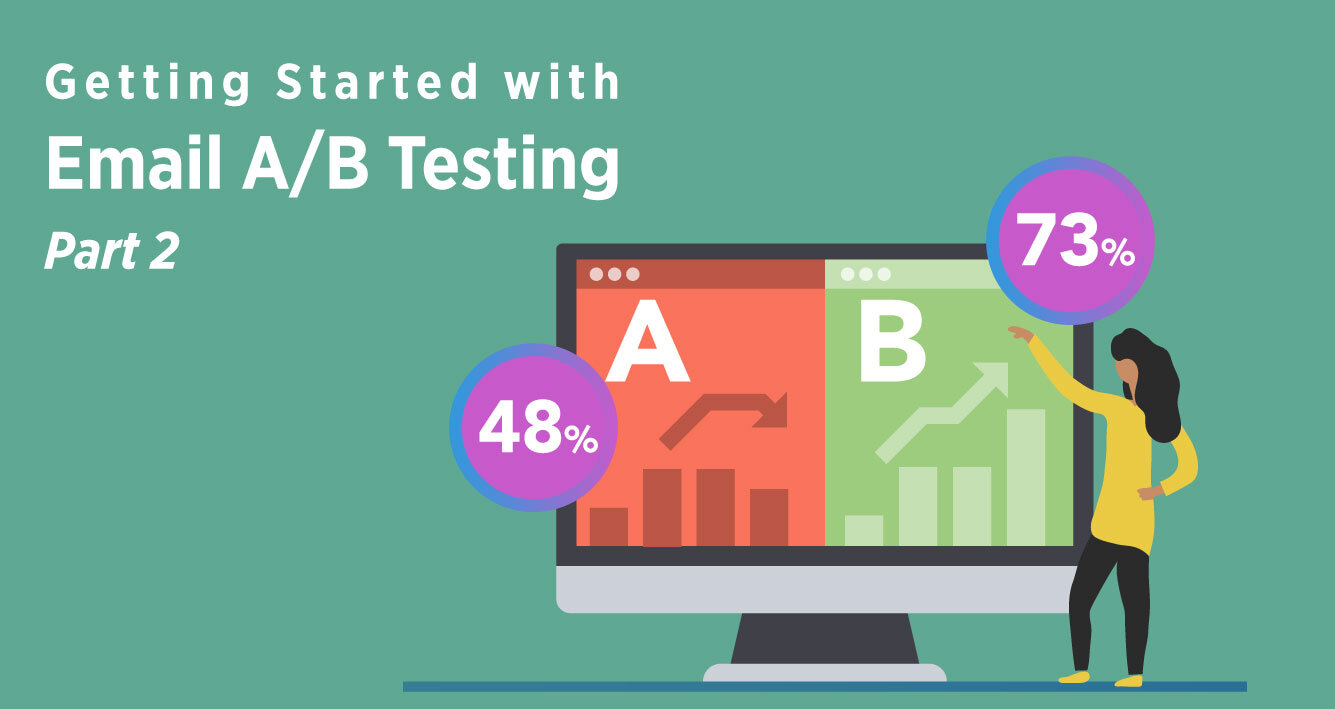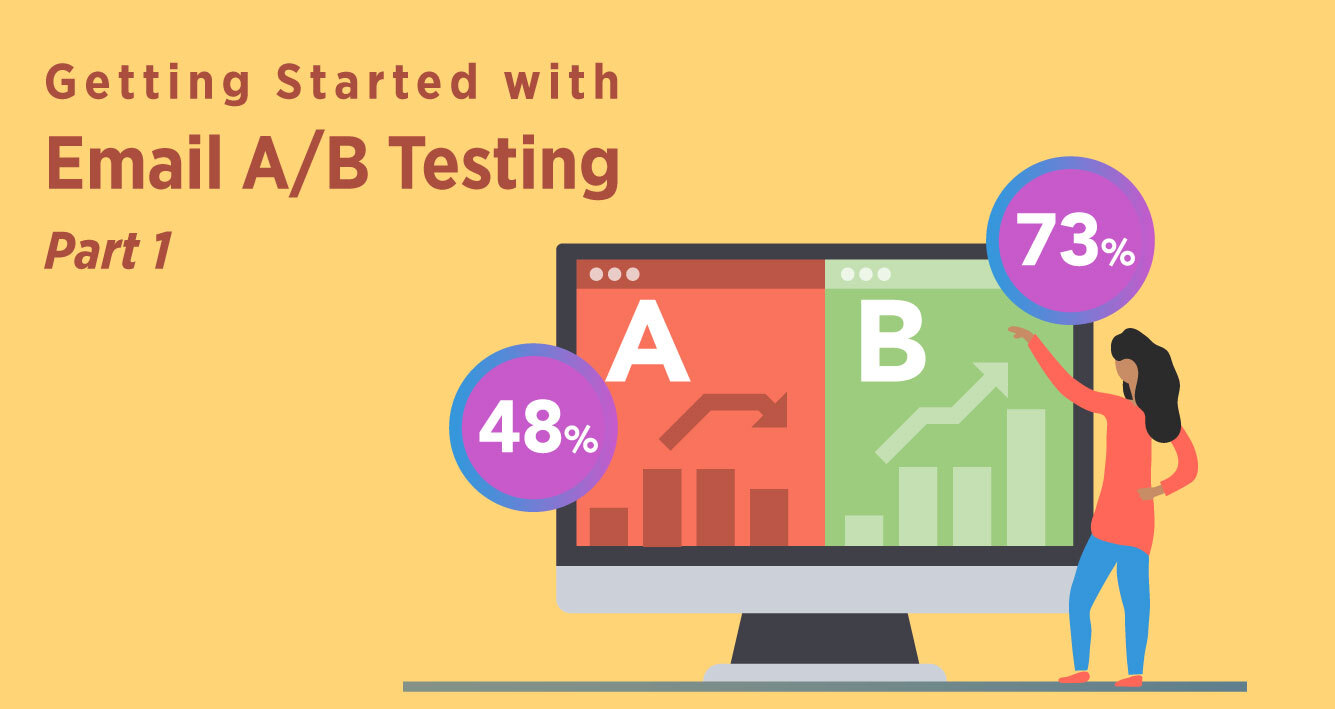Email A/B testing tests exactly what again?
Last week we shared the 3 easy steps to the A/B testing process:
- Define what you want to optimize
- Develop a hypothesis
- Choose your sample size
If you didn’t catch that post, check it out here. It will be particularly helpful for those on your team who get into the weeds of your email campaigns. This is part 2 in our 2 part series.
Come with Questions. Leave with a Plan.
If you are attending the AIRC or ICEF Conferences - here is a huge plus opportunity.
The Intead/San Diego State University One-Day Workshop on December 13th will be a hands-on opportunity to learn from an awe-inspiring international student recruitment faculty.
- A full day of international student recruitment strategy and execution discussion
- Two luminary keynotes
- Luncheon on Social Justice with Dr. Jewell Winn and Dr. Adrienne Fusek
- Dinner on Chinese Student Influencers with Dr. Yingyi Ma and Brad Farnsworth
- At $200 for the day (inclusive of all meals), this learning opportunity is a steal. (Pricing goes up to $350 on October 24, 2022).
And for those of you going to NAFSA Region XI, be in touch so we can chat. 3 super Intead presentations coming your way during that event.
As we mentioned in last week's post, the creative art of email marketing has everything to do with knowing your audience and tapping into your recipient’s curiosity. Your recipient has to think there is something of value to them because of the sender or the content.
This week, we move on to the next important aspect of developing and tracking effective email campaigns: What to test.
In simple terms, the A/B testing process pits two slightly different versions (version A and version B) of an email against each other. Each is sent to a different sample group on your distribution list. The email with the best results wins and gets distributed to the remainder of your list. “Best results” has everything to do with what you want to prioritize (see last week’s post).
Almost any aspect of your email campaign can be tested: copy, design, timing. But, how do you actually decide what to test? Read on to learn which aspects of an email campaign we find most helpful to analyze to achieve the results that really matter.
Read More



